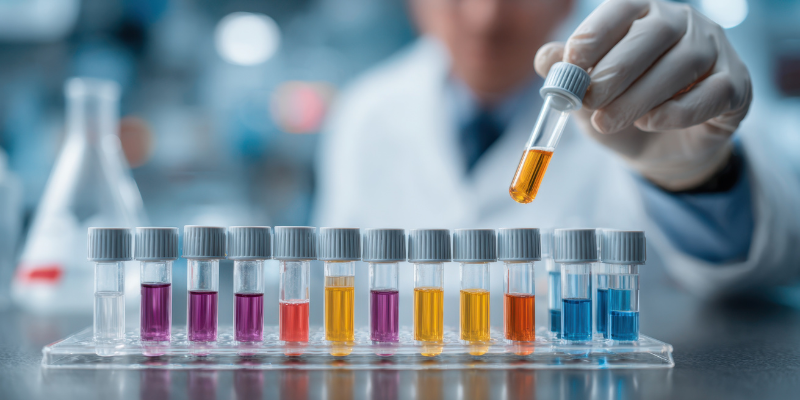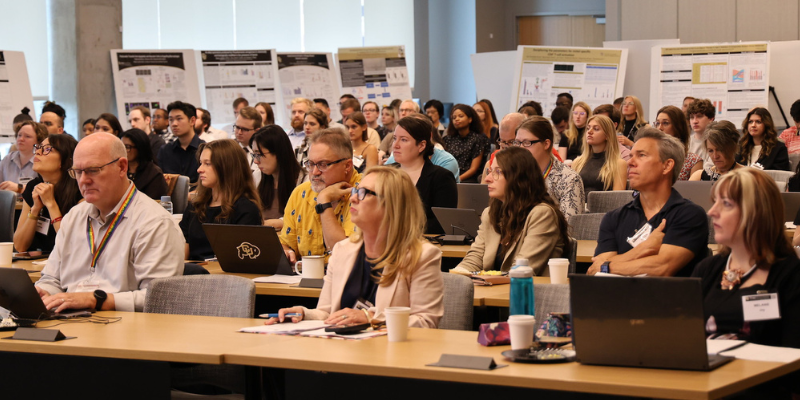According to the American Society of Clinical Oncology, more than 14 million people will be diagnosed with cancer this year, worldwide, and more than 9 million people will succumb to the effects of cancer. This is equal to approximately 22,000 cancer deaths per day, and this cancer mortality rate is expected to continue to rise.
Despite all the advances in technology to both diagnose and treat cancer, many of these therapies are ineffective against the later stages of cancer. This problem is further compounded by the fact that, regardless of the cancer type, each person’s cancer can be significantly different and many of the clinically used cancer drug therapies can have significant adverse effects.
So what if you could test cancer treatments on a patient’s tumor, outside of their body, to determine the most effective available clinical therapy? This form of personalized medicine technology is being developed by researchers at the University of Colorado Anschutz Medical Campus, including CU Skaggs School of Pharmacy and Pharmaceutical Sciences faculty member Dan LaBarbera, PhD.
Dr. LaBarbera’s lab is testing the effects of cancer drug therapies on a patient’s tumor tissue using state of the art high-throughput screening technologies. His lab is utilizing patient tissues from the University of Colorado Cancer Center gastrointestinal tissue bank to generate patient-derived tumor organoids (PDTO) for personalized medicine using clinical diagnoses and therapies, including an individual’s tumor genetics, radiation therapy, targeted drug and biologic therapies, and conventional chemotherapies.
In addition to developing automated high-throughput culture technology to rapidly expand the tumor tissues outside the body, his team of researchers are developing state of the art three dimensional (3D) high-throughput imaging approaches and analyses to test these clinical therapies alone or in combination on the PDTO tissues. It has been shown that the 3D culture of PDTOs better represent how tumors behave and function in humans compared to single layer cultures of cells. His team is also developing this technology for novel high-throughput drug discovery.
In the future, “This personalized medicine approach and technology could be used to inform patients and their medical oncologists what drug therapies are the most effective against their individual type of cancer outside of their bodies before ever receiving them.” Dr. LaBarbera explains. He also says that this technology will play a critical role in the future drug discovery, development and clinical translation of novel drug therapies. Although this technology is still being developed and there remain caveats to this approach, he is hopeful that this personalized medicine approach may be part of the standard of care for the diagnosis and treatment of cancer.
Dr. LaBarbera’s research team includes: Qiong Zhou, Adedoyin Abraham, Laura Pike, Sébastien Rinaldetti, Josh Abbott, Hector Esquer, and Nick Tomlinson. To develop this technology further, the LaBarbera laboratory is collaborating with numerous oncologists and scientists at CU AMC, including: Wells Messersmith, MD, David Raben, MD, Sana Karam, MD, Peter Dempsey, PhD, and Todd Pitts, PhD, and all of their respective research teams.



